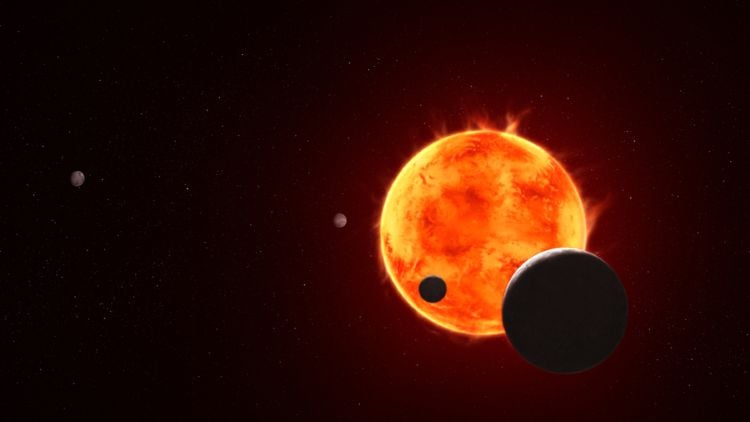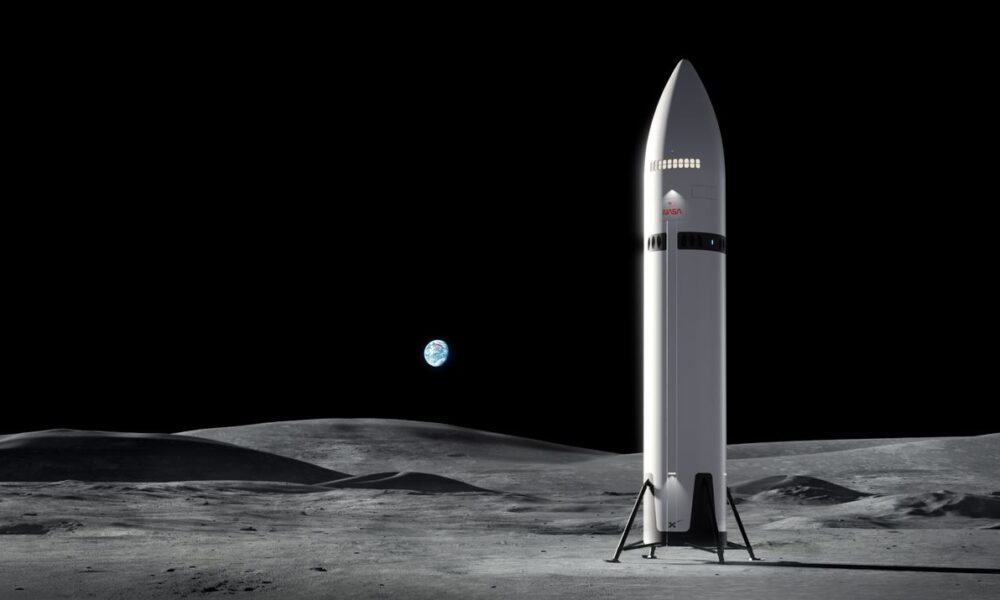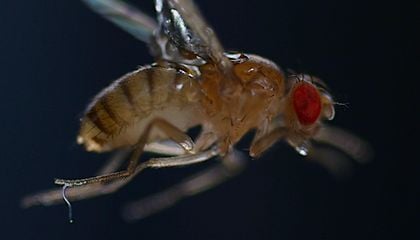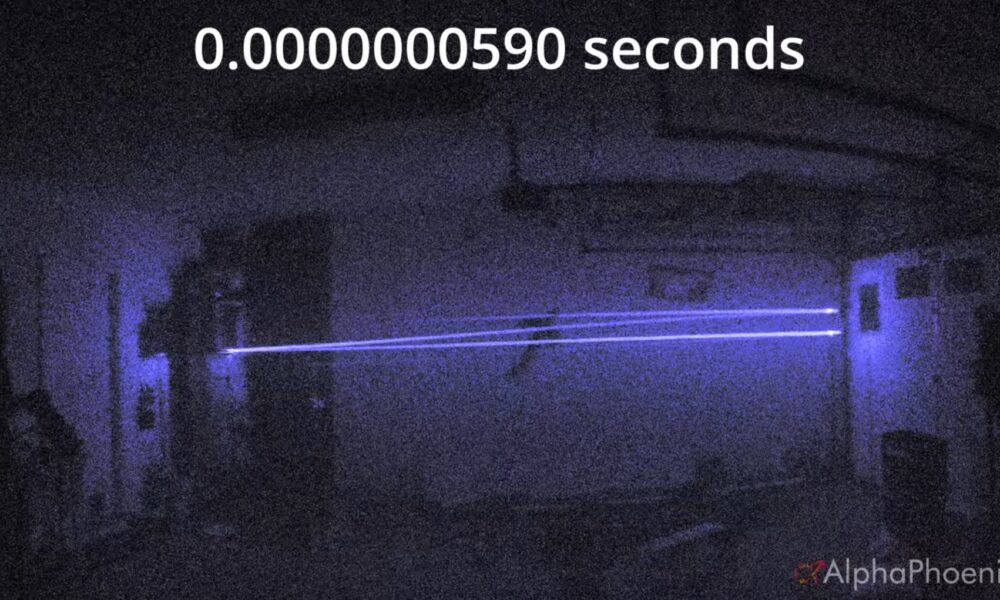A team of researchers has made significant strides in the search for extraterrestrial life by investigating how microbial biosignatures could be detected in the atmospheres of exoplanets. Their recent study, submitted for publication, aims to establish methods for identifying life forms in the clouds of distant planets, a concept that could revolutionize astrobiology.
To conduct this research, the scientists performed laboratory experiments using seven microbial strains collected from Earth’s atmosphere. Among these strains were species such as Modestobacter versicolor, Roseomonas vinacea, Micrococcus luteus, Massilia niabensis, and Noviherbaspirillum soli, alongside Curtobacterium aetherium and Curtobacterium oceanosedimentum. The researchers employed spectroscopy techniques to analyze the light reflected by these samples, focusing on whether the resulting spectral features could serve as biosignatures detectable in the atmospheres of exoplanets.
The findings revealed that each microbial sample exhibited unique biosignatures, potentially enabling their identification within exoplanetary clouds. The study concludes, “Here, we present an additional path for searching for life on Earth-like exoplanets: the search for biopigments as signs of life in clouds.”
Pioneering Research in Astrobiology
The research is informed by historical studies, notably a 1976 investigation by American astronomer Carl Sagan and astrophysicist Ed Salpeter. They hypothesized the existence of various organisms within Jupiter’s atmosphere based on mathematical models and cloud simulations. They categorized these potential life forms into four groups: “Sinkers,” “Floaters,” “Hunters,” and “Scavengers,” each thought to occupy distinct ecological niches within the planet’s clouds.
Another significant factor motivating this research is the planned Habitable Worlds Observatory (HWO), a space telescope set to launch in the 2040s. HWO’s objective is to utilize spectroscopy to examine 25 potentially habitable exoplanets for biosignatures. The study posits that the biosignatures identified could be observable by HWO, thereby enhancing the scope of astrobiological research.
In recent advancements, NASA’s James Webb Space Telescope (JWST) has already explored several exoplanet atmospheres, including WASP-39 b and WASP-17 b. Located approximately 700 and 1,324 light-years from Earth, respectively, these exoplanets have shown promising results. For instance, JWST detected essential components such as water, carbon dioxide, and carbon monoxide in the atmosphere of WASP-39 b, while quartz particles were observed at high altitudes on WASP-17 b.
Future Implications for Astrobiology
Additionally, JWST recently published findings regarding the atmosphere of TRAPPIST-1 e, an Earth-sized exoplanet located around 41 light-years from Earth. Although the results did not confirm the presence of an atmosphere, they underscore the need for continued research to verify such critical factors for habitability.
The TRAPPIST-1 system is particularly intriguing, hosting seven Earth-sized planets, three of which lie within the star’s habitable zone. It is hypothesized that all seven of these planets are tidally locked, meaning one side perpetually faces their star, similar to how Earth’s Moon is locked to our planet.
As researchers continue to explore the potential for life in the clouds of exoplanets, the implications of their findings could reshape our understanding of where and how life might exist beyond Earth. The innovative approaches outlined in this study represent a significant step forward in astrobiology, emphasizing the importance of clouds as potential ecosystems for extraterrestrial life. The exploration of biosignatures in these atmospheres may not only provide answers but also prompt further inquiries about the nature of life in the universe.







